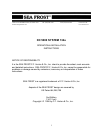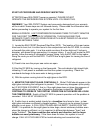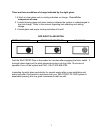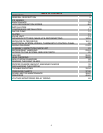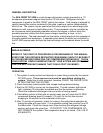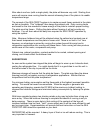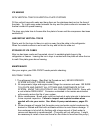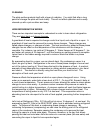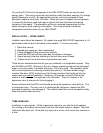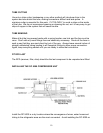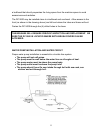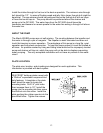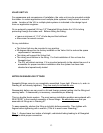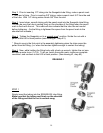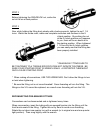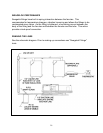
2
START UP PROCEDURE AND PERIODIC INSPECTION
ATTENTION new SEA FROST owner or operator! PLEASE DO NOT
OPERATE THE REFRIGERATION SYSTEM UNTIL YOU READ THIS.
WARNING! Your SEA FROST System can be severely damaged and your warranty
will be invalid if these steps are not followed closely. Please read the information here
before proceeding to operate your system for the first time.
BREAK-IN PERIOD. LIMIT COMPRESSOR RUNNING TIMES TO THIRTY MINUTES
FOR THE FIRST TWO HOURS OF OPERATION. THIS SHOULD BE FOUR
SEPARATE THIRTY-MINUTE OPERATIONS WITH A REST PERIOD OF AN HOUR
OR MORE BETWEEN THEM.
1) Locate the SEA FROST Receiver/Filter/Drier (RFD). The location of this part varies
from boat to boat, but it is often found in the compartment with the DC 5000, in a locker,
or beneath the cabin sole. It is a blue metal can about 9 inches high and 3 inches in
diameter, with brass fittings connecting it to copper tubing. If you do not locate the RFD
quickly, follow the route of refrigeration copper tubing, from the DC 5000 to the icebox.
Along the route you will find the RFD. The RFD has a sight glass for viewing the flow of
refrigerant.
2) Check to be sure the proper sea cocks are open.
3) Start the DC 5000 by turning on the thermostat. The red indicator light should light,
indicating 12-volt power is available and that the system is operating. Check the
overboard discharge to be sure water is being pumped.
4) With the system running look at the sight glass in the RFD.
5) MONITOR THE SIGHT GLASS CONTINUALLY. White FOAM should appear in the
sight glass indicating that refrigerant is present. This foam may disappear quite quickly,
but IF NO FOAM IS EVIDENT, that is, if the sight glass does not show the presence of
refrigerant within a minute or two of operation the system is dead flat. DO NOT
CONTINUE TO OPERATE THE SYSTEM. OPERATION IN THIS MODE WILL RUIN
THE COMPRESSOR. Switch off the DC 5000 to prevent operation until the problem is
corrected. CALL US AT 603-868-5720.
6) If white foam is evident watch closely for a transition from foam to clear: a clear
sight glass indicates a sufficiently charged system. This point can be missed if proper
attention is not given. A FULL SIGHT GLASS AND AN EMPTY GLASS LOOK THE
SAME! It is possible for the sight glass to show large, almost stationary bubbles even
when the charge is sufficient, so it is important to differentiate between "foam" and
larger “bubbles”. The foam condition has velocity and direction, but the larger
bubbles are nearly stationary. If the foam does not clear, the system is low on
charge. CALL US AT 603-868-5720 for trouble shooting and correction help.



